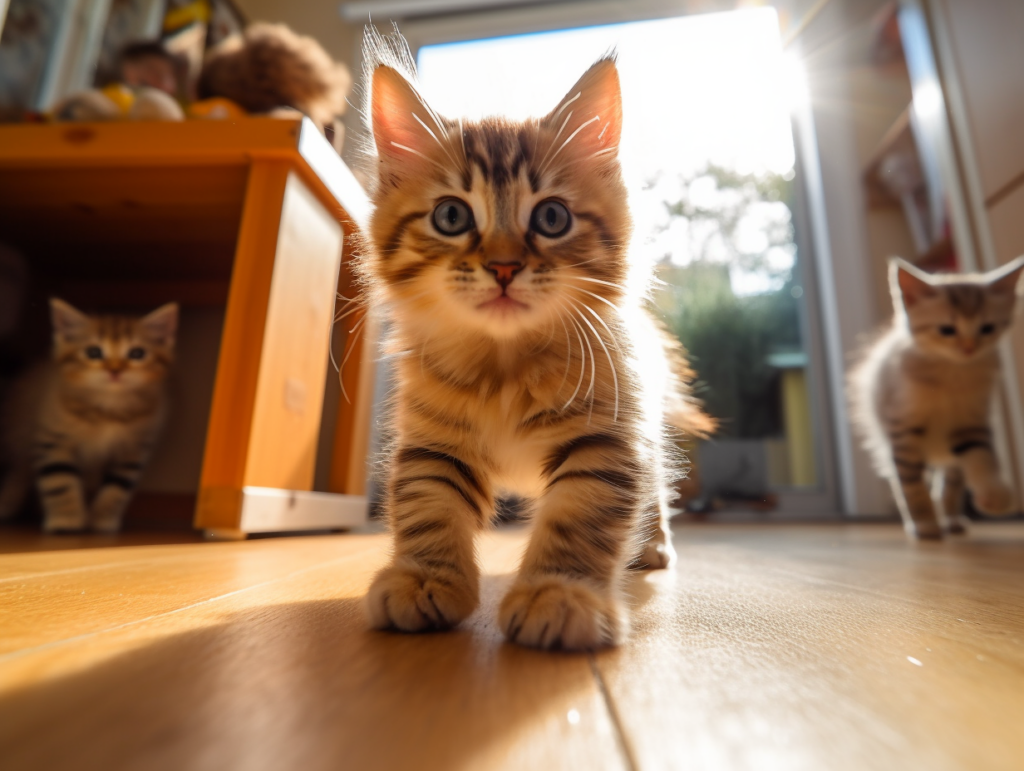
Bringing a new cat or kitten into your home is an exciting adventure, but it can also be a challenging one, especially if you already have a resident cat. Cats are known for their territorial nature, and introducing a newcomer can upset the balance and cause stress. However, with the right approach and a bit of patience, you can pave the way for a harmonious relationship between your furry companions. In this step-by-step guide, we’ll walk you through the process of introducing a new cat or kitten to your existing feline friend, ensuring a smooth transition and the potential for a loving bond.
Step 1: Preparing for the Introduction
Before the big day arrives, set up a separate space for the new cat or kitten. This room will serve as their safe haven, complete with all the essentials like a litter box, food bowls, fresh water, toys, and a cozy bed. It’s crucial to create a space where they can feel secure and gradually become familiar with their surroundings.
Step 2: Familiarization through Scent
To ease the introduction process, help the cats become familiar with each other’s scents. Swap bedding between them, allowing them to get acquainted with each other’s smell. Additionally, using pheromone sprays or diffusers in both areas can create a calming environment and reduce anxiety for both cats.
Step 3: Initial Visual Contact
After a few days of scent familiarity, it’s time to introduce visual contact. Start by placing a sturdy baby gate or cracked door between the two cats, allowing them to see and observe each other without direct physical contact. Observe their reactions and body language closely, looking for signs of curiosity, acceptance, or tension. Gradually increase the duration of these visual encounters over several days.
Step 4: Controlled Interactions
Once the cats have shown positive responses to visual contact, it’s time to progress to controlled interactions. Choose a neutral space, like a hallway or a large room, where both cats can be supervised. Keep initial interactions short and positive, engaging them with interactive toys or treats. If any signs of aggression or tension arise, separate the cats and give them a break before trying again.
Step 5: Patience and Gradual Progression
Remember, every cat is unique, and the introduction process may take longer for some than others. It’s important to be patient and allow them to set the pace. Gradually increase the duration and frequency of their interactions, always monitoring their behavior closely. If tensions arise, take a step back and revisit the previous step before progressing further.
Introducing a new cat or kitten to your existing cat requires careful planning, patience, and understanding. By following these step-by-step guidelines, you can create a positive and gradual introduction process, allowing your feline companions to build a strong and loving bond. Remember, each cat is an individual, and the timeline may vary. By prioritizing their comfort, providing positive reinforcement, and embracing the journey, you can ensure a successful integration and a harmonious multi-cat household. Happy cat-parenting!































